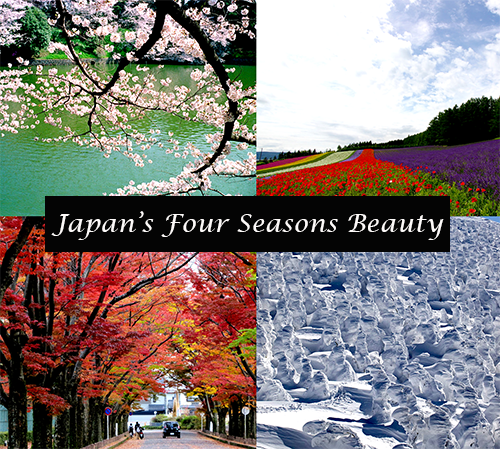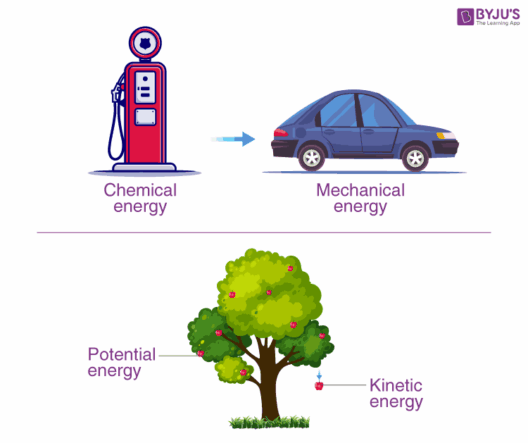The climate in Japan is characterized by a remarkable diversity that mirrors the country’s geography. Spanning a length of nearly 3,000 kilometers from north to south, Japan experiences distinct variations in weather, temperature, and precipitation, making its four seasons uniquely enchanting.
This article takes a closer look at Japan’s climate throughout the year, focusing on each season and its distinctive characteristics. Understanding this seasonal tapestry not only enhances appreciation for Japan’s natural beauty but also plays a crucial role in various aspects of Japanese culture, agriculture, and tourism.
Before delving into the specifics, it is essential to acknowledge the geographical factors that influence Japan’s climate. The archipelago is situated between the Pacific Ocean and the Sea of Japan, with mountain ranges running down the spine of the islands. This geography contributes to the country’s weather patterns, creating diverse ecosystems that thrive under varying climatic conditions.
Let us now explore each of the four seasons in Japan, each offering a unique experience influenced by natural phenomena.
Winter Wonders: The Chilly Embrace of Japan
Winter in Japan typically spans from December to February, with temperatures varying dramatically between regions. Northern areas such as Hokkaido experience heavy snowfall and frigid temperatures, while southern regions like Kyushu enjoy milder weather. In Hokkaido, winter sports enthusiasts flock to ski resorts, taking advantage of some of the world’s best powder snow. The area is also famous for its Sapporo Snow Festival, which showcases incredible ice sculptures and attracts tourists from all over the globe.
In contrast, the cities on Honshu, such as Tokyo and Osaka, see less snowfall but still encounter chilly temperatures. The average temperature in these areas can plunge to single digits Celsius. As the season progresses, the warmth of the sun begins to restore hope to the weary winter, leading into the enchanting spectacle of the cherry blossom season in early spring.
Spring Awakening: A Flourishing Transformation
Spring, spanning from March to May, is defined by the emergence of cherry blossoms and an array of blooming flowers. The phenomenon known as “hanami,” or flower viewing, captures the hearts and souls of people throughout the nation. As the sakura trees bloom, parks and gardens become sites of communal gatherings, picnics, and celebrations.
The climate during this season is relatively mild, with temperatures gradually rising from the cool winter months. During the daytime, averages tend to range from 10 to 20 degrees Celsius, making it an ideal time for outdoor activities. Rainfall is also common in spring, contributing to the lush greenery that adorns the landscape.
As cherry blossoms begin to fade, other flora takes center stage, including wisteria and azaleas. The seasonal transition not only promises beauty but also serves as a reminder of the fleeting nature of time— a concept deeply ingrained in Japanese culture and literature.
Summer Vibes: The Sweltering Heat of the Sun
Japan’s summer months, roughly from June to August, usher in a period of heat and humidity, particularly in urban areas. As the Japanese archipelago lies in East Asia’s subtropical zone, temperatures can soar beyond 30 degrees Celsius. This season is characterized by intense heat, which is not only uncomfortable but can also pose health risks, especially for vulnerable populations.
Additionally, summer heralds the arrival of the monsoon season, associated with heavy rainfall and increased humidity. On the heels of the rains, summer festivals emerge throughout the country. These festivals, featuring lively parades, breathtaking fireworks, and traditional performances, draw thousands. Despite the discomfort of the climate, the cultural vibrancy of the season cannot be overshadowed.
As summer wanes, the oppressive heat begins to subside, bringing with it a gradual transition into the mellower days of autumn.
Autumn’s Bounty: A Kaleidoscope of Color
Autumn, spanning from September to November, is often heralded as one of the most picturesque seasons in Japan. As temperatures cool and the humidity dissipates, the landscape transforms into a breathtaking tapestry of warm hues. The changing colors of the leaves attract nature lovers and photographers alike, with locations such as Kyoto and Nikko being prime spots to witness this seasonal metamorphosis.
During this season, temperatures average between 10 to 20 degrees Celsius, making it comfortable for outdoor exploration. Harvest festivals take place across the country, celebrating the bounty of rice and other agricultural products. These events reflect the deep connection between the land and the people—a relationship steeped in gratitude and reverence for nature.
As autumn progresses, the cold begins to tighten its grip once more, prompting preparations for winter. The contrasting seasons serve to highlight the beauty and cyclical nature of life in Japan, where the passage of time is distinctly marked.
In conclusion, Japan’s climate is a multifaceted phenomenon that impacts not only the environment but also the cultural practices and daily lives of its people. Each season presents a unique spectacle, revealing the intricate relationship between the Japanese people and their surroundings. Appreciating these variations allows for a deeper understanding of why Japan is often considered a land of breathtaking beauty, where nature and culture intertwine harmoniously.







